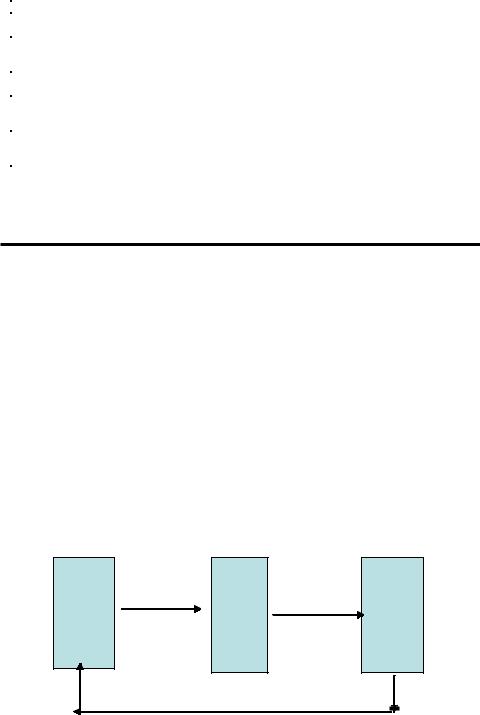
Narayanan V.K., Armstrong D.J. - Causal Mapping for Research in Information Technology (2005)(en)
.pdf

An Outline of Approaches to Analyzing the Behavior of Causal Maps 371
Simulation Approaches
Three simulation approaches have been proposed or employed to study the behavior of causal maps:
1.Nozcika, Bonham and Shapiro (1976) have proposed an approach to the computer simulation of individual belief systems.
2.As noted in Chapter I, the affinity of causal maps to system dynamics modeling has prompted some to advocate influence diagrams as a way to analyze the behavior of causal maps.
3.A third approach is based on fuzzy logic and the use of neural networks. Fuzzy logic has been advocated and demonstrated in many IS designs, whereas the possibility of linking fuzzy logic to neural networks has been demonstrated but not widely adopted in the literature.
We will briefly sketch the main ideas in each approach.
Computer Simulation
As reported in Axelrod (1976), Bonham and Shapiro used a computer simulation approach to analyze the cognitive map of a Middle East expert and to predict three years later his explanation of the Syrian Intervention in Jordan in 1970. The authors found a striking resemblance between the predicted explanation and the explanation the expert gave when asked about the actual crisis three years later.
Nozcika et al. (1976) detailed the computer simulation approach Bonham and Shapiro used to generate the predictions. Representing the causal map in matrix form, they derived the reachability matrix (see Chapter II), before generating the predictions. The
Box 1. Nozchika, Bonham and Shapiro's six step process
The six steps employed by Nozcika et al. (1976) were:
1.Search for antecedent paths: Involves the identification of the various linear sequences of concepts leading to the concepts highlighted. From the full set of antecedent paths identified, a set of plausible set is derived based on the degree to which relationships on the path are historically supported.
2.Search for consequent paths: This step is similar to the previous one but the focus is on the value concepts.
3.Formulation of alternative explanations: Explanation selection is based on a path balance matrix, under the axiom that the explanation that will be preferred by the decision maker will be the one with the highest cognitive centrality.
4.Selection of preferred explanation: The cognitive centrality of each path is computed and using the preferred explanation search algorithm, explanations are identified.
5.Search for relevant policy options: This involves the examination of reachability matrix to determine if for each policy concept, one or more concepts that are part of the explanation are reachable.
6.Evaluation and ranking of relevant policy options. Here again a policy impact index is calculated to evaluate and rank policy options.
The authors constructed a simulation model in FORTRAN IVH for the IBM 370/135 system available at the American University Computer Center.
Copyright © 2005, Idea Group Inc. Copying or distributing in print or electronic forms without written permission of Idea Group Inc. is prohibited.





